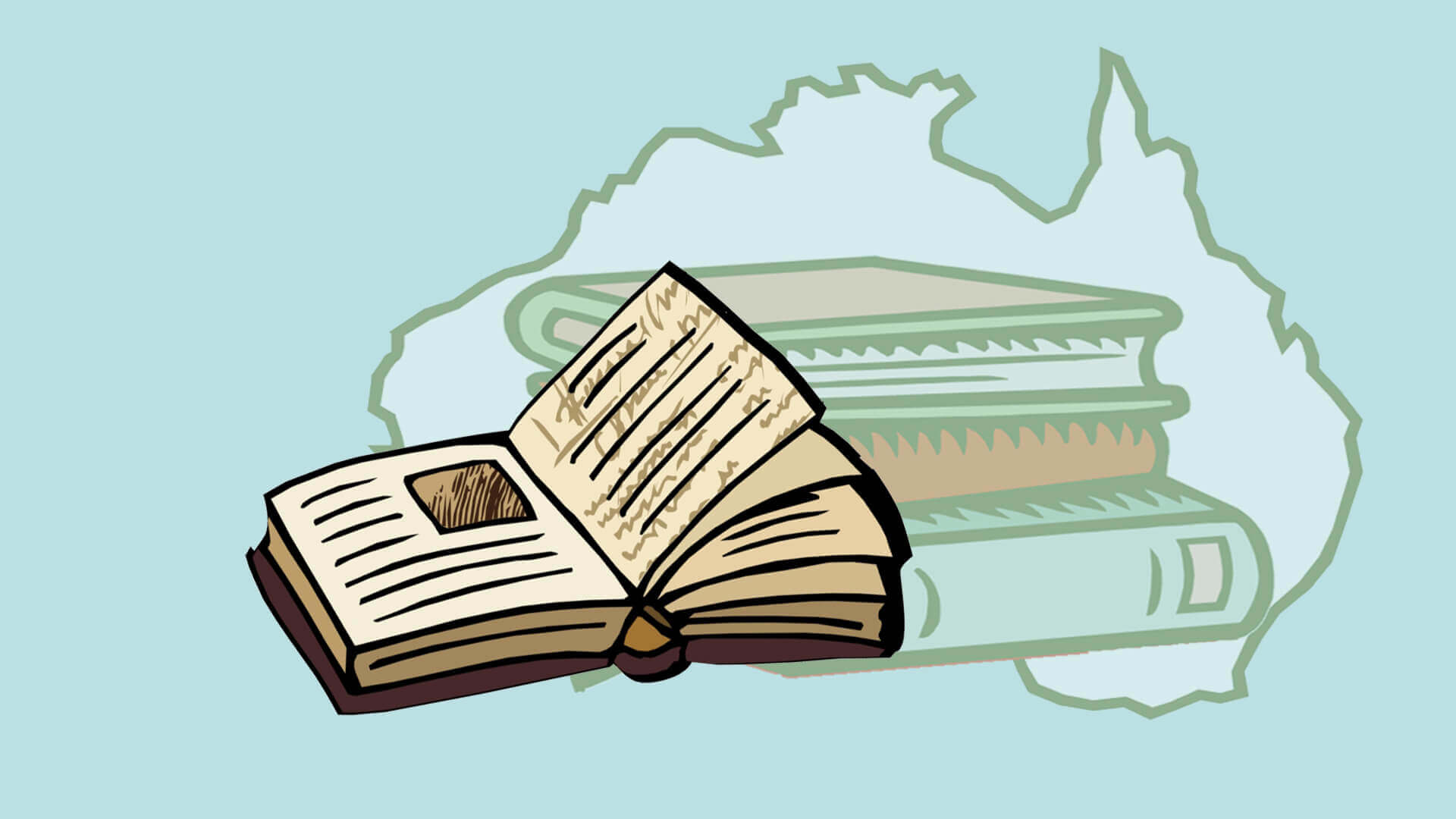World History since the 15th Century,Grade 12th,University Preparation (CHY4U)


-
Name:World History since the 15th Century,Grade 12th,University Preparation (CHY4U)
-
Grade:Grade 12th
-
Prereq:None
-
Code:CHY4U
-
Type:University Preparation
-
Credit Value:1
-
Develop Date:2021-04-01
-
Course Price:CAD $1300
-
Status:Active
Course Description:
This course highlights the major developmental events in world history happened in past. This course will encourage the students to explore the changes that took place in terms of social, economic, and political circle. The concepts being discussed in the course will exert force on the historical roots of contemporary issues, and the role of conflict and cooperation in global interrelationships. The students after this course will be able to polish their ability to apply the concepts of historical thinking and the historical inquiry process. The historical process including the interpretation and analysis of the key issues aroused in the past 1450.
Aims and Objectives:
- Evaluate the use of historical inquiry process.
- Investigate the aspects of world history in fifteenth century.
- Demonstrate the historical investigations.
- Analyze the changes occurred in the various regions of the world in fifteenth century.
- Demonstrate the changes of the nations in the terms of social, economic and political aspects.
- Demonstrate the interactions in between the nations after the war.
- Analyze how the blend of cultures occurred in different nations after the war.
- Demonstrate the revolutions of the French nation.
- Explain the terms of decolonization and the consequences of the cold war.
- Demonstrate the birth of Liberalism.
- Demonstrate the process that how the social movement were conducted and reforms.
- Demonstrate the Industrialization in late 1900.
- Evaluate the historical significance.
- Evaluate the historical perspectives.
- Analyse the development of the rights and identity.
Expectations:
- Historical inquiry and skill development
Throughout this course, students will:
- Consider the concepts of historical thinking when investigating aspects of world history since the fifteenth century.
- Investigate and identify the everyday contexts skills developed through historical investigation, and identify careers in which these skills might be useful.
- The World - 1450 - 1650
By the end of this course, students will:
- Analyse key aspects of social, economic, and political systems and structures in various regions of the world between 1450 and 1650.
- Differentiate between different groups in various regions of the world from 1450 to 1650 and how various factors affected these relations.
- Analyse, the contributions of specific individuals, ways in which ideas, values, and artistic production affected the development of identity, citizenship, and/or heritage in various societies between 1450 and 1650.
- The World - 1650 – 1789
By the end of this course, students will:
- Examine the economic and political issues, trends, and/or developments in various regions of the world between 1650 and 1789.
- Evaluate the interactions between different groups in various regions of the world from 1650 to 1789 and how various forces/factors affected those interactions.
- Evaluate the process that how political, social, economic, religious, and cultural ideas and practices in various regions of the world between 1650 and 1789.
- The World since 1789
By the end of this course, students will:
- Analyse the impact of key social, economic, and political issues, trends, and/or developments in various regions of the world between 1789 and 1900.
- Assess how war, revolution, reform, and other forces affected societies in various regions of the world between 1789 and 1900.
- Analyse how new ideas and other cultural, social, and political developments affected the development of identity, citizenship, and/or heritage in societies in various regions of the world between 1789 and 1900 (FOCUS ON: Continuity and Change; Historical Perspective).
- The World since 1900
By the end of this course, students will:
- Analyse the importance of various social, economic, and political policies, developments, and ideas in various regions of the world since 1900.
- Examine the interactions between various groups since 1900 and how key individuals and social, economic, and political forces have affected those interactions.
- Analyse and examine the development of the rights and heritage of different groups around the world since 1900.
Unit-wise Progression:
|
Unit
|
Title and Subtopics |
|
Unit 1 |
Historical inquiry and skill development
- Hours: 11 |
|
Unit 2 |
The World - 1450 – 1650
- Hours : 20 |
|
Mid-Term - Hours: 2 |
|
|
Unit 3 |
The World - 1650 – 1789
- Hours: 25 |
|
Unit 4 |
The World - 1789 – 1900
- Hours: 25 |
|
Unit 5 |
The World since 1900
- Hours: 20 |
|
Culminating Activity – 4 Hours |
|
|
Final Term – 3 Hours |
|
|
Total – Hours 110 |
|
Teaching/Learning Methodologies:
This course traces major developments and events in world history since approximately 1450. Students will explore social, economic, and political changes, the historical roots of contemporary issues, and the role of conflict and cooperation in global interrelationships. They will extend their ability to apply the concepts of historical thinking and the historical inquiry process, including the interpretation and analysis of evidence, as they investigate key issues and ideas and assess societal progress or decline in world history These courses will prepare students for a life of responsible citizenship in which they can develop critical thinking about events, developments and issues in their daily lives. In the history courses, the goal is to help students develop a sense of time.
- Developing an understanding of past societies, developments, and events that enables them to interpret and analyze historical, as well as current, issues.
- Analyzing how people from diverse groups have interacted and how they have changed over time.
- Understanding the experiences of and empathizing with people in past societies.
- Developing historical literacy skills by analyzing and interpreting evidence from primary and secondary sources.
A few of the things students will be provided are the following:
- Lesson plans
- PowerPoint presentations
- Videos
- Reading Packs
- Assignment for Learning
- Assessment of Learning
- Quiz
All of these are a cluster of downloadable and embedded files that will be provided to each candidate with the progression of the course.
E-Learning Approach:
E-learning is not only a training method but it is a learning method that is tailored to individuals. It is found that different terminologies have been used to define learning that takes place online which actually makes difficult to develop a generic definition.
E-learning includes the delivery of content via Internet, Intranet, and Extranet, satellite broadcast, audio-video tape, interactive TV and CD-ROM. The term implies that the learner is at a distance from the tutor or instructor, that the learner uses some form of technology.
With attention to this new system of education that is spreading across the globe it’s imperative that the content of such study programs are enhanced and modified to serve both the learner and the instructor well whilst dealing with the gap of conventional studying methodologies. Thus the courses promise its reader an experience full of engagement, student-concentric approach, personalization and Interaction. Using a wide array of multimedia tools, cloud based LMS and diverse repository of subject tailored audio-visual material that student can utilize and learn in a stimulated work environment where he’s in charge of his work hours.
Our e-learners paddle through these courses in the mediation of skilled mentors to the finish line with understanding of their subject’s application into real world problems following a futuristic model of education.
Strategies for Assessment and Evaluation of Student Performance:
Assessment is the ongoing gathering of information related to the individual student’s progress in achieving the curriculum expectations of the course. To guide the student to his/her optimum level of achievement, the teacher provides consistent and detailed feedback and guidance leading to improvement. Strategies may include:
- Diagnostic assessment
- Formative assessment
- Summative assessment
- Performance assessment
- Portfolio assessment
- Rubrics
- Checklists
The final grade will be based on:
|
Weightage in Percentage |
Categorical Marking Breakdown |
|
40% |
Course Work |
|
20% |
Mid Term |
|
10% |
Culminating Activity |
|
30% |
Final Exam |
|
Assessment of Learning
|
||
|
Student Product |
Observation |
Conversation |
|
Learning Logs (anecdotal) Assignment Pre-tests (scale/rubric) Quizzes (scale/rubric) Rough drafts (rubric) Graphic organizers (scale) Peer feedback (anecdotal/checklist) Reports (rubric) Essays (rubric) Webbing/Mapping (rubric/scale) Vocabulary notebooks (anecdotal) Visual Thinking Networks (rubric) Tests (scale/rubric) Exams
|
Self-proofreading (checklist) Class discussions (anecdotal) Debate (rubric) PowerPoint presentations (rubric) Performance tasks (anecdotal/scale)
|
Student teacher conferences (checklist) Debate (rubric) Peer-feedback (anecdotal) Peer-editing (anecdotal) Oral pre-tests (scale/rubric) Oral quizzes (scale/rubric) Oral tests (scale/rubric) Question and Answer Session (checklist)
|
Resources Required by the Student:
- Microsoft Suite (Word, Excel, Power-point etc.)
- A laptop, or Mac, or Android, or any other operating system functional enough to use the web browser and use online software’s.
- Curriculum Reference: The Ontario Curriculum, Canadian and World Studies







